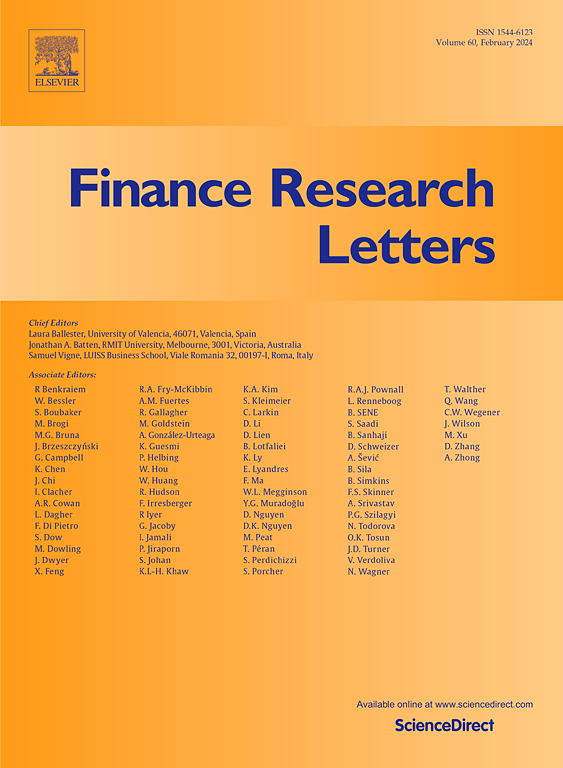人工智能驱动的资本-技能互补:对技能溢价和劳动力流动的影响
IF 7.4
2区 经济学
Q1 BUSINESS, FINANCE
引用次数: 0
摘要
为了解释新发现的资本和劳动力结构的共同演化,本研究在结构转型的框架内提出了一个修正的资本-技能互补假说。我们提出,人工智能(AI)和熟练劳动力表现出相对互补性。具体来说,人工智能服务或人工智能增强技术的进步会激励不同行业部门调动熟练劳动力。劳动力流动的方向取决于各行业部门的变化,包括人工智能的产出弹性以及人工智能与传统生产方式之间的可替代性。这一结构转型过程也会引起技能溢价的波动。本文章由计算机程序翻译,如有差异,请以英文原文为准。
AI-driven capital-skill complementarity: Implications for skill premiums and labor mobility
To explain the newly discovered coevolution of capital and labor structures, this study presents a modified capital-skill complementarity hypothesis within the framework of structural transformation. We propose that artificial intelligence (AI) and skilled labor exhibit relative complementarity. Specifically, advancements in AI services or AI-enhanced technologies incentivize the mobilization of skilled labor across different industry sectors. The direction of this labor movement is contingent upon variations across industry sectors, including AI output elasticity and the substitutability between AI and conventional production methods. This structural transformation process also induces fluctuations in skill premiums.
求助全文
通过发布文献求助,成功后即可免费获取论文全文。
去求助
来源期刊

Finance Research Letters
BUSINESS, FINANCE-
CiteScore
11.10
自引率
14.40%
发文量
863
期刊介绍:
Finance Research Letters welcomes submissions across all areas of finance, aiming for rapid publication of significant new findings. The journal particularly encourages papers that provide insight into the replicability of established results, examine the cross-national applicability of previous findings, challenge existing methodologies, or demonstrate methodological contingencies.
Papers are invited in the following areas:
Actuarial studies
Alternative investments
Asset Pricing
Bankruptcy and liquidation
Banks and other Depository Institutions
Behavioral and experimental finance
Bibliometric and Scientometric studies of finance
Capital budgeting and corporate investment
Capital markets and accounting
Capital structure and payout policy
Commodities
Contagion, crises and interdependence
Corporate governance
Credit and fixed income markets and instruments
Derivatives
Emerging markets
Energy Finance and Energy Markets
Financial Econometrics
Financial History
Financial intermediation and money markets
Financial markets and marketplaces
Financial Mathematics and Econophysics
Financial Regulation and Law
Forecasting
Frontier market studies
International Finance
Market efficiency, event studies
Mergers, acquisitions and the market for corporate control
Micro Finance Institutions
Microstructure
Non-bank Financial Institutions
Personal Finance
Portfolio choice and investing
Real estate finance and investing
Risk
SME, Family and Entrepreneurial Finance
 求助内容:
求助内容: 应助结果提醒方式:
应助结果提醒方式:


